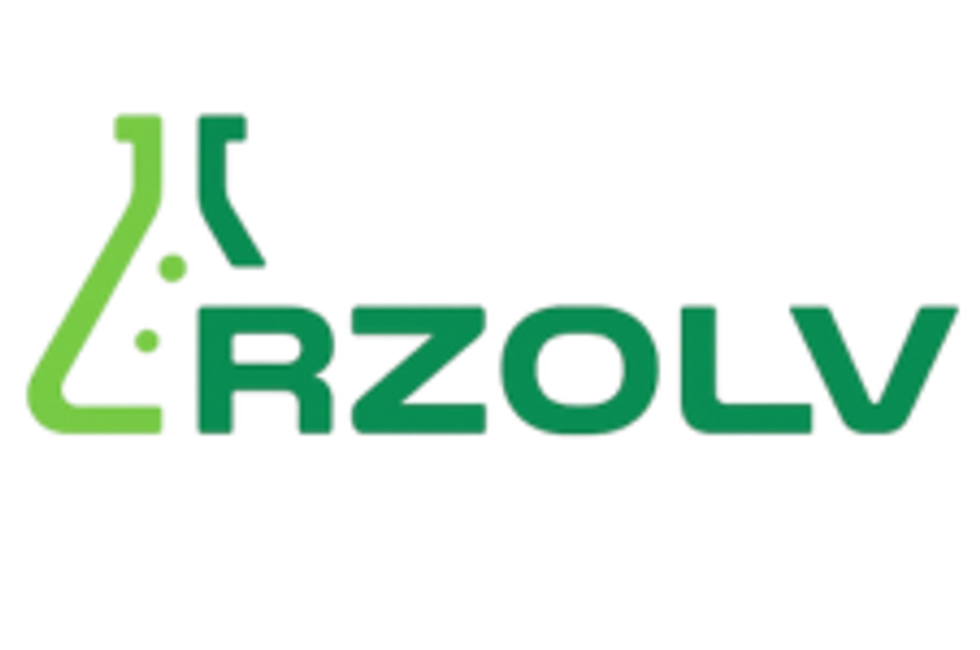US Energy Department Awards $46 Million to Advance 48 Solar Energy Projects

The funding will go towards research grants to improve solar energy technologies and also work to reduce costs to $0.03 per kilowatt an hour by 2030.
In what’s been a difficult year for the clean energy sector under a Donald Trump presidency, the US Energy Department announced on Wednesday (July 12) that it had awarded just over $46 million in research grants to assist the solar energy sector.
Called the SunShot Initiative, the department’s press release states the funding will go towards 48 projects with the intentions of developing early-stage solar power technologies that are focused on minimizing solar energy costs to $0.03 per kilowatt an hour by 2030.
“The SunShot Initiative is a proven driver of solar energy innovation,” Charlie Gay, the initiative’s director said. “These projects ensure there’s a pipeline of knowledge, human resources, transformative technology solutions, and research to support the industry.”
In particular, the two projects Gay is referring to in the release include:
- The Photovoltaics Research and Development 2: Modules and Systems (PVRD2): This will push forward research in solar photovoltaic technology. There are 28 projects under the PVRD2 umbrella, which will receive $20.5 million. According to the US Energy Department, the PVRD2 supports a variety of research, including: module design, high-risk emerging research, and technology facilitating rapid installation; and
- The Technology to Market 3 (T2M3): Which is an initiative that supports early-stage solar technology research. The T2M3 is working to advance 20 projects that will receive $25.7 million of the allotted funding.
Launched in 2011, the SunShot Initiative was created with the goal for solar energy to become a “cost-competitive” option with traditional forms of electricity by 2020 without subsidies. At the time, the initiative’s goal targeted $0.09 per kilowatt hour for residential photovoltaics; $0.07 for commercial, and $0.06 for utility-scale.
In May 2016–just five years after the SunShot Initiative released its On the Path to SunShot–it was revealed that it the solar energy sector had reached 70 percent of those 2020 goals. As such, this lead to the updated version of the initiative, which was to slash costs even further by 2030, mentioned above.
With that in mind, the overall outlook of the renewable energy industry remains positive. As reported by the Energy Collective, solar and wind were responsible for the largest portion of new capacity additions for the third year in a row in 2016, representing almost two-thirds of new capacity.
Expanding on that point, solar energy has already become so cheap that it’s pushing coal and natural gas-plants out of business faster than projected, Bloomberg previously reported. According to the publication’s New Energy Finance outlook, the research group estimates that solar energy is already in direct competition with the cost of new coal power plants in the US and even Germany.
“Costs of new energy technologies are falling in a way that it’s more a matter of when than if,” Seb Henbest, a researcher at BNEF and lead author of the report stated.
In short, while there’s certainly been speculation and fears regarding the solar energy sector under Donald Trump–particularly given his stance on the coal and nuclear power industries–Bloomberg’s report indicates there’s a mucgh more prosperous, long-term future for the solar energy industry.
Don’t forget to follow us @INN_Technology for real-time news updates!
Securities Disclosure: I, Jocelyn Aspa, hold no direct investment interest in any company mentioned in this article.




